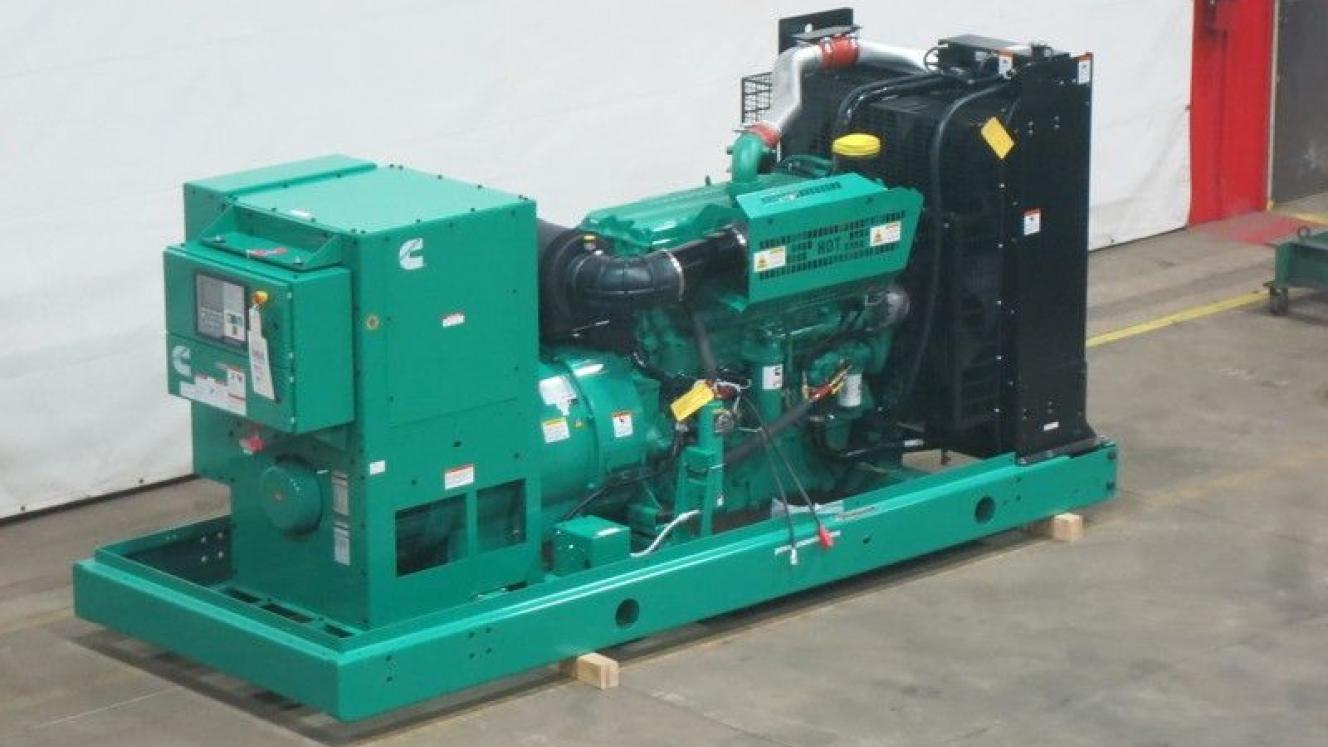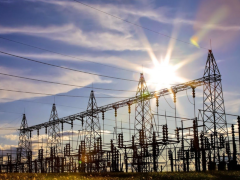Data centres require continuous operation and backup power generation in the event of a power outage. Modern diesel generators (gensets) have advanced to be some of the most fuel and energy-efficient options in the market. They are a reliable choice, require minimal maintenance, offer quick start-up times and benefit from diesel’s wide availability.
Data centres need to reduce their carbon footprint
As the industry moves towards a more sustainable future, data centres are looking for ways to reduce emissions. While back-up power gensets may run infrequently and make up a small part of a company’s scope 1 carbon footprint, their environmental impact cannot be overlooked. Local air permitting regulations are driving the need for reduced exhaust emissions, especially in locations that serve as data hubs. As a result, data centres are looking to clean up their on-site power solutions. These solutions will need to address carbon emissions while also reducing their overall impact on the environment. The operation of modern diesel gensets is visible and within the control of the operator, making it a prime target for carbon reduction.
Gensets running on HVO significantly reduce carbon emissions
One alternative fuel data centres are beginning to use is hydrotreated vegetable oil (HVO). The fuel is sourced from the same feedstocks used in the production of biodiesel. However, HVO is created from a different process called hydrotreatment. When burned, HVO releases the carbon that had been captured earlier in the cycle by the organism, hence why it’s considered a low-carbon fuel. An HVO’s well-to-work emissions are about 70% lower than diesel when considering all emissions linked to its processing, transportation and distribution. The use of HVO also reduces particulate matter emissions, but it does not significantly impact nitrogen oxide (NOx) emissions. HVO can be used interchangeably with regular diesel in most standard diesel engines. Unlike biodiesel, HVO is more stable and doesn’t decay over time, making it ideal to use HVO in standby applications.
Since no changes to existing engines or fuel systems are needed, switching to HVO is a low-risk option requiring no capital investment. All of Cummins’s diesel gensets can run using HVO. Technology companies including Microsoft have already made the switch to HVO in their Cummins diesel gensets at data centres in Arizona and Iowa. Additionally, some major data centres have now started to explicitly specify generators with the capability to run on HVO as well as diesel.
HVO is a great fuel for data centres that want to start decarbonizing their operations, as it’s a more sustainable option than diesel or natural gas gensets. While its availability is limited today, HVO production capacity is rapidly increasing. 32 billion litres of additional production capacity are expected to come online in the next five to ten years.
Cummins can partner with data centres to meet their sustainability goals
Cummins can help data centre customers design a compliance strategy, such as switching to a different fuel, retuning engines to reduce the formation of NOx and even the installation of scrubbers, filters and other aftertreatment systems.
There is no “one size fits all” approach to this decarbonization journey, but we are committed to helping customers reduce their life cycle emissions, from material extraction through production, operation and reuse. This commitment is demonstrated through the company's offerings of innovative, modern diesel gensets and the ability to run all gensets using HVO.













